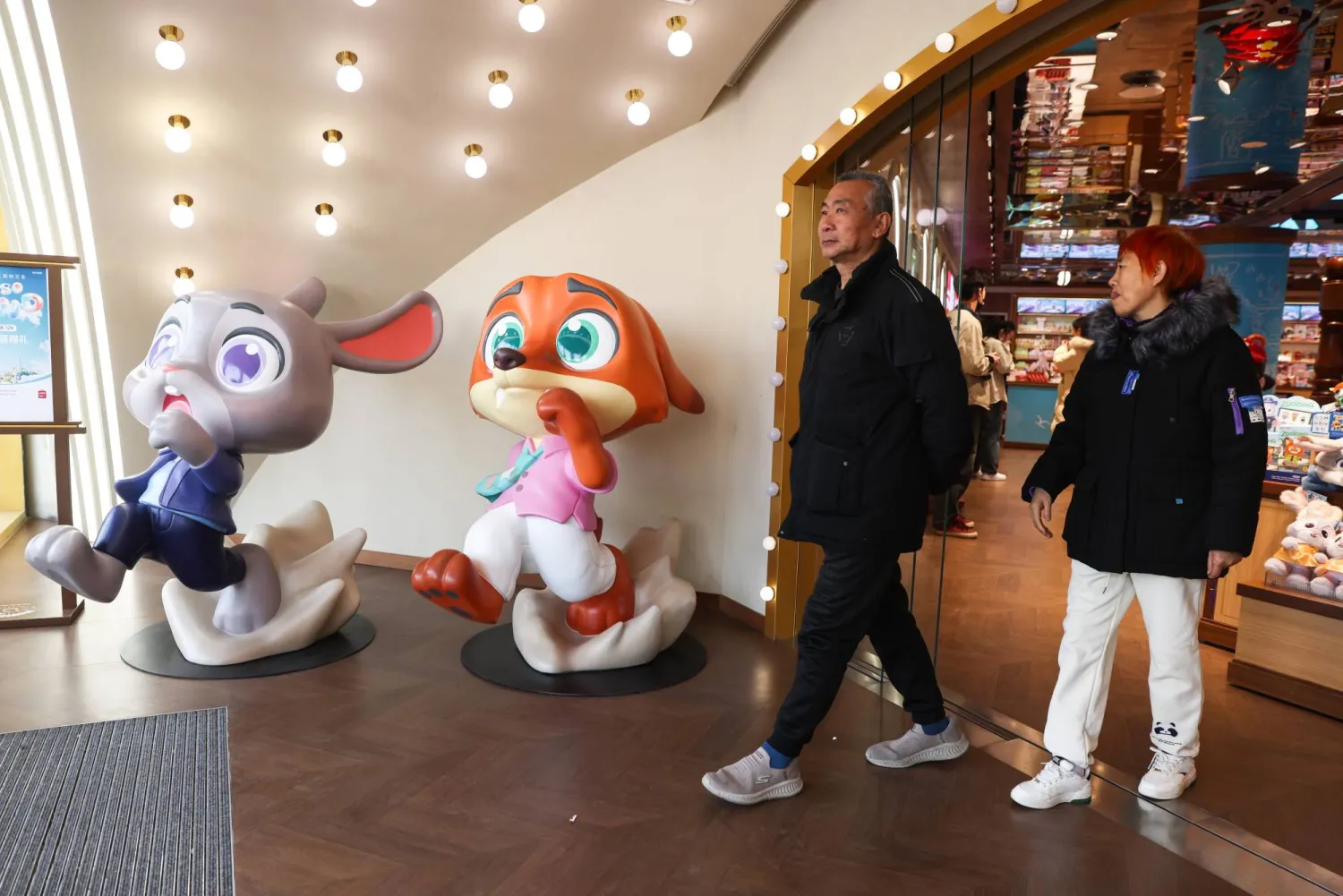The United Nations Office for the Coordination of Humanitarian Affairs (OCHA) was unable to assess the food situation of Yemenis living under Houthi control because of restrictions imposed by the Iran-backed group.
OCHA, however, noted that its new analysis on food security showed that the number of aid beneficiaries during the last three months of this year increased to four times the estimated figure in previous outlooks.
The UN body added that two Houthi-run areas are facing the threat of famine.
Weeks after the UN affirmed that the majority of the obstacles encountered by the humanitarian work teams come from Houthis authorities, OCHA stated that the phased classification of food security was updated in 125 districts in the governorates controlled by the internationally recognized government.
OCHA officials have recommended the adoption of hypothetical analyzes for areas controlled by the Houthis.
They pointed out that the analysis that was conducted last February in 208 districts in Houthi-run areas was not updated. Moreover, the officials revised initial assumptions from the previous analysis.
Conclusions by the officials included sudden shocks and other contributing factors such as food prices and floods. These factors were not factored in during the previous analysis.
UN analysis indicated that the number of cases estimated in the previous report suggests that approximately 2.2 million children under the age of five suffer from malnutrition, including 538,000 suffering from acute malnutrition.
Meanwhile, the report predicted that about 1.3 million pregnant and breastfeeding women would suffer from malnutrition.
The analysis update indicated an increased risk.
It pointed to the situation changing in 17 districts and reaching a worse stage compared to last February’s expectations.
In Al-Mahra Governorate, nine regions are under the threat of a crisis. Eight neighborhoods in the city of Aden will move from the crisis stage to the emergency stage.









